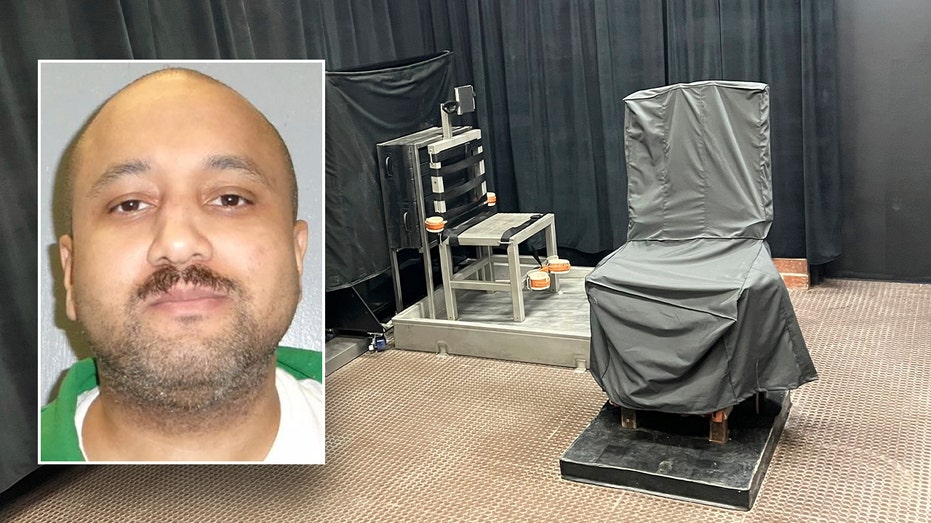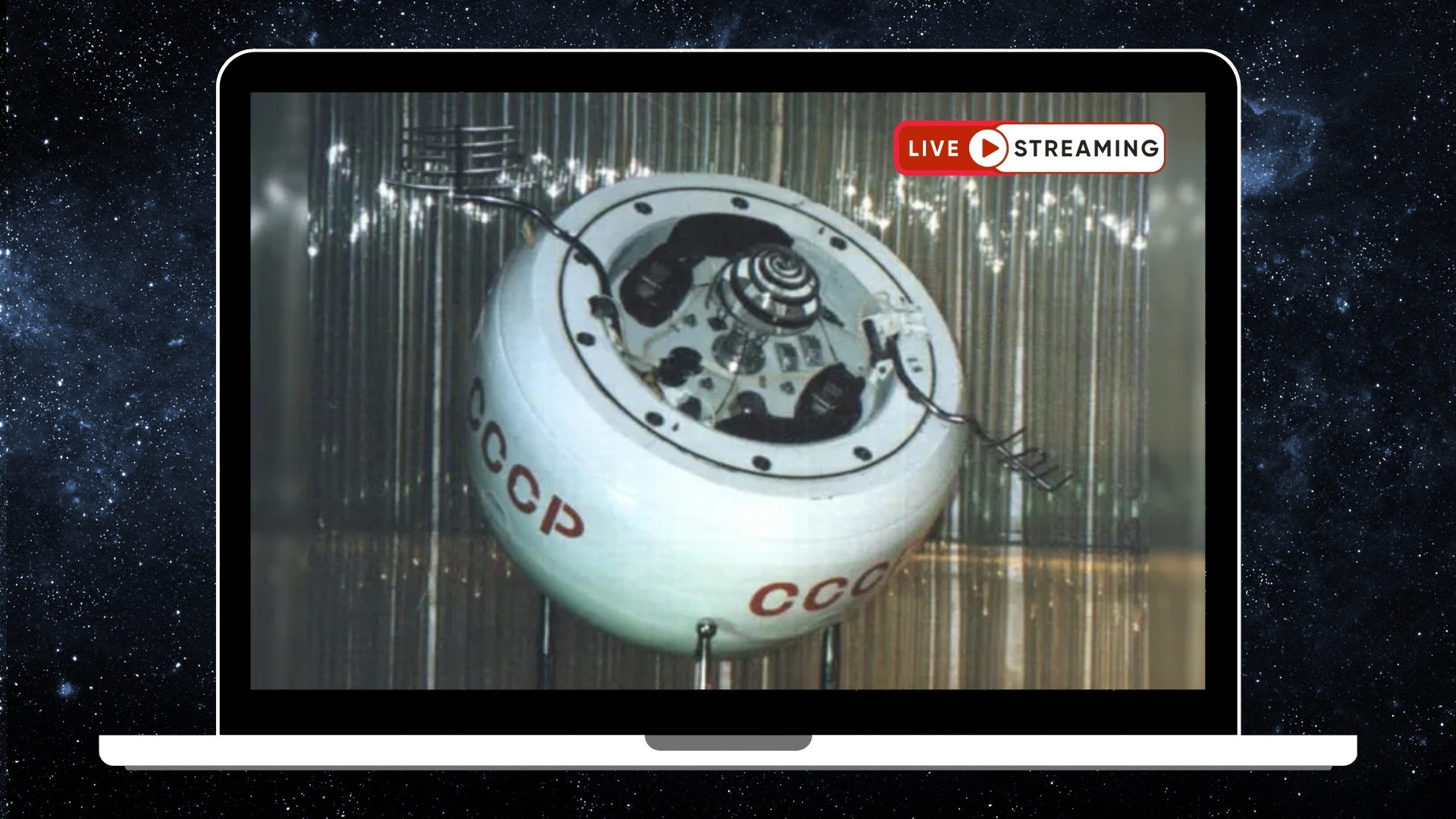Educational Robotics Programming
Educational robotics programming is one of the most engaging and practical ways to teach students essential 21st-century skills such as problem-solving, critical thinking, coding, and teamwork. Through the creation and programming of robots, learners of all ages can experience hands-on STEM education in a fun and interactive environment. What is Educational Robotics? Educational robotics involves designing, building, and programming robots to perform specific tasks. These robots can be as simple as Lego Mindstorms kits or as advanced as Raspberry Pi-powered bots. The goal is to teach foundational concepts in computer science, electronics, and mechanical engineering through real-world applications. Benefits of Robotics Programming for Education Hands-On Learning: Students apply theoretical knowledge in a tangible way. Encourages Creativity: Designing and customizing robots fosters innovation and creative thinking. Builds Coding Skills: Most educational robots use languages like Python, Scratch, or C++. Boosts Team Collaboration: Robotics often involves teamwork, communication, and project planning. Enhances Problem-Solving: Students learn to debug code, optimize logic, and solve physical limitations. Popular Robotics Kits for Education Lego Mindstorms EV3/Spike Prime: A beginner-friendly kit for block-based or Python programming. Arduino: Offers microcontroller boards and sensors ideal for advanced tinkering with C++. Raspberry Pi: A tiny computer that supports Python-based robotics projects and machine learning. Makeblock mBot: Designed for younger learners using graphical and text-based programming. VEX Robotics: Competitive robotics kits for middle and high school students. Popular Programming Languages in Robotics Python: Widely used due to its simplicity and rich libraries for robotics (e.g., GPIO, OpenCV). C/C++: Used for performance-critical tasks and microcontrollers (Arduino). Scratch: Block-based coding perfect for young learners. JavaScript: Used in browser-based robotics environments and some IoT applications. Basic Concepts in Educational Robotics Inputs: Sensors like distance, light, temperature, and touch. Outputs: Motors, LEDs, buzzers, and displays. Control Flow: Using loops, conditionals, and events to guide behavior. Debugging: Diagnosing issues through testing and refining the code. Sample Beginner Project: Obstacle-Avoiding Robot (Arduino + Ultrasonic Sensor) // Simple pseudocode for obstacle avoidance if (distance < 20 cm) { stop(); turnLeft(); } else { moveForward(); } This type of project teaches students about sensors, control logic, and motor programming. Teaching Tips Start with simple robots and gradually increase complexity. Use visual programming (like Scratch) for younger students. Encourage open-ended challenges to inspire creativity. Let students experiment and learn from mistakes. Promote collaboration through group projects and competitions. Conclusion Educational robotics programming bridges the gap between theoretical learning and practical application. It helps students grasp coding concepts while having fun with real-world tech. Whether you're a teacher, parent, or learner, incorporating robotics into education can spark curiosity and set the foundation for future careers in technology, engineering, and innovation.


Educational robotics programming is one of the most engaging and practical ways to teach students essential 21st-century skills such as problem-solving, critical thinking, coding, and teamwork. Through the creation and programming of robots, learners of all ages can experience hands-on STEM education in a fun and interactive environment.
What is Educational Robotics?
Educational robotics involves designing, building, and programming robots to perform specific tasks. These robots can be as simple as Lego Mindstorms kits or as advanced as Raspberry Pi-powered bots. The goal is to teach foundational concepts in computer science, electronics, and mechanical engineering through real-world applications.
Benefits of Robotics Programming for Education
- Hands-On Learning: Students apply theoretical knowledge in a tangible way.
- Encourages Creativity: Designing and customizing robots fosters innovation and creative thinking.
- Builds Coding Skills: Most educational robots use languages like Python, Scratch, or C++.
- Boosts Team Collaboration: Robotics often involves teamwork, communication, and project planning.
- Enhances Problem-Solving: Students learn to debug code, optimize logic, and solve physical limitations.
Popular Robotics Kits for Education
- Lego Mindstorms EV3/Spike Prime: A beginner-friendly kit for block-based or Python programming.
- Arduino: Offers microcontroller boards and sensors ideal for advanced tinkering with C++.
- Raspberry Pi: A tiny computer that supports Python-based robotics projects and machine learning.
- Makeblock mBot: Designed for younger learners using graphical and text-based programming.
- VEX Robotics: Competitive robotics kits for middle and high school students.
Popular Programming Languages in Robotics
- Python: Widely used due to its simplicity and rich libraries for robotics (e.g., GPIO, OpenCV).
- C/C++: Used for performance-critical tasks and microcontrollers (Arduino).
- Scratch: Block-based coding perfect for young learners.
- JavaScript: Used in browser-based robotics environments and some IoT applications.
Basic Concepts in Educational Robotics
- Inputs: Sensors like distance, light, temperature, and touch.
- Outputs: Motors, LEDs, buzzers, and displays.
- Control Flow: Using loops, conditionals, and events to guide behavior.
- Debugging: Diagnosing issues through testing and refining the code.
Sample Beginner Project: Obstacle-Avoiding Robot (Arduino + Ultrasonic Sensor)
// Simple pseudocode for obstacle avoidance
if (distance < 20 cm) {
stop();
turnLeft();
} else {
moveForward();
}
This type of project teaches students about sensors, control logic, and motor programming.
Teaching Tips
- Start with simple robots and gradually increase complexity.
- Use visual programming (like Scratch) for younger students.
- Encourage open-ended challenges to inspire creativity.
- Let students experiment and learn from mistakes.
- Promote collaboration through group projects and competitions.
Conclusion
Educational robotics programming bridges the gap between theoretical learning and practical application. It helps students grasp coding concepts while having fun with real-world tech. Whether you're a teacher, parent, or learner, incorporating robotics into education can spark curiosity and set the foundation for future careers in technology, engineering, and innovation.







































































